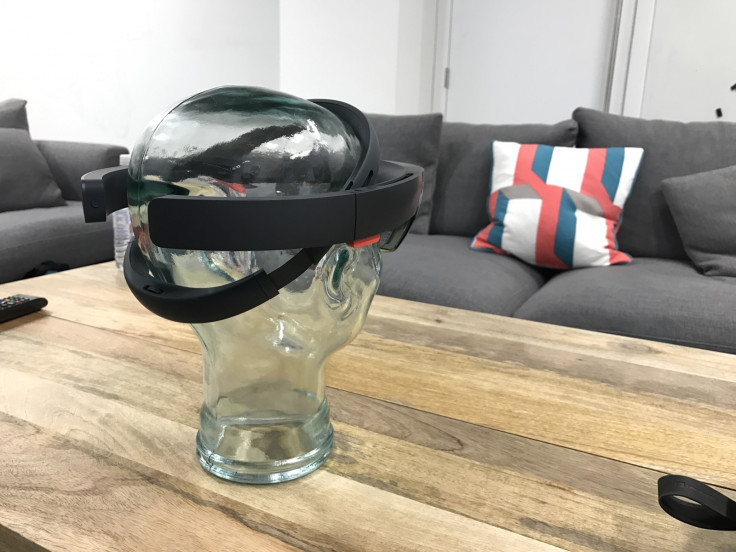Army using military thermal imaging technology to assess potential virus infections
Called the Integrated Visual Augmentation System, it was originally intended to help train soldiers in close quarters combat.
Aside from laboratory testing, it is almost impossible to visually determine if somebody has COVID-19. One key indicator of infection usually starts with symptoms akin to that of the common cold. As such, people who were likely exposed to patients who tested positive for coronavirus and develop a fever should immediately take the necessary precautions and get tested. The U.S. Army is reportedly screening its soldiers with the aid of cutting-edge technology. It is supposedly made possible with assistance from Microsoft's AR glasses platform.
Using advanced thermal imaging systems, the military is repurposing its gear originally intended for warfare to a device that takes the temperature of its personnel. Given that physical contact is highly discouraged amid the health crisis, hence this makes its safer alternative for the time being.
A statement issued by the army claims "the system is being employed today to rapidly assess the temperature of hundreds of Soldiers each day as they prepare for training on an installation that hosts thousands of Soldiers in dozens of courses, including basic training and Ranger School."
Called the Integrated Visual Augmentation System (IVAS), it was originally intended to help train soldiers in close quarters combat. In an interview, Commanding General of Army Futures Command, Gen. John Murray, stated: "All your blue force trackers are woven into that augmented reality ... you operate with it, you train with it. It is a pretty amazing capability. There is a really unique way we are developing it."
Fox News reports that the original IVAS training course lasted three weeks with soldiers and engineers working closely together. However, due to the social distancing advisory from healthcare officials, it cannot serve its original purpose. Instead, thermal weapons sights allow the user to take temperatures at a distance of six to eight feet.

Soldiers tagged with elevated temperatures are then instructed to receive a secondary screening with a non-contact forehead thermometer. Individuals who are suspected to have been infected are then instructed to consult with a medical professional. The COVID-19 pandemic continues to overwhelm the healthcare system and economy. For now, prevention and supportive care are the only courses of action until a treatment or vaccine becomes available.
© Copyright IBTimes 2025. All rights reserved.





















